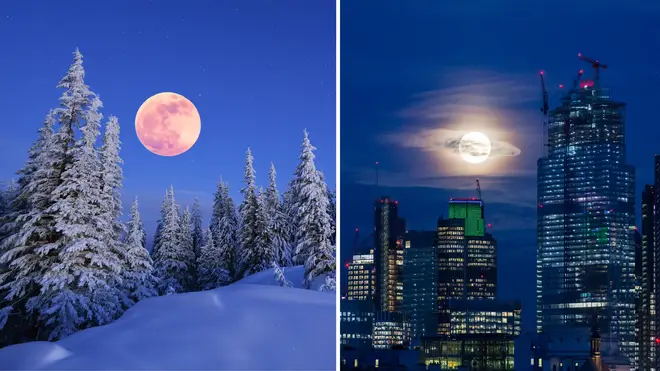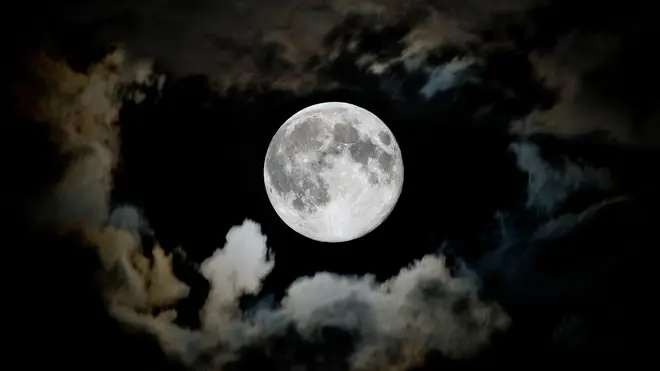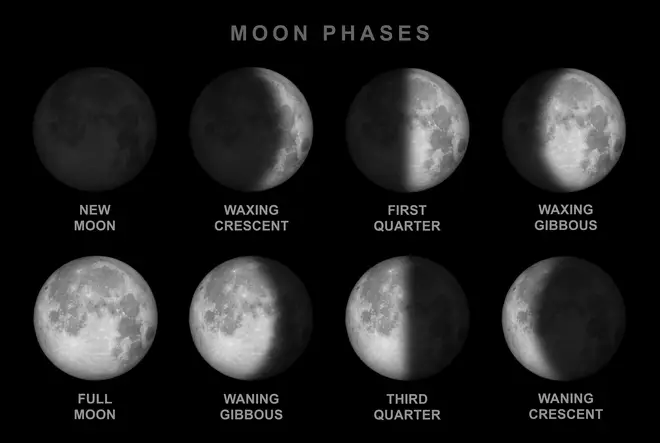Spectacular 'Snow Moon' set to light up skies across the UK tonight
15 February 2022, 17:16

What is a Snow Moon, when can I see it and where does the name come from?
Listen to this article
A 'Snow Moon' is set to light up the skies across the UK this evening (16th February).
Experts estimate that you'll be able to see the spectacular moon from 4:56pm, however, weather conditions could affect visibility in some areas.
While it may have been given another name, the 'Snow Moon' is in fact just the February full moon.
'Snow Moon' is the title the full moon of the second month of the year has acquired due to the cold and frosty temperatures expected at this time of year.

A full moon occurs roughly every 29.5 days, which is how long it takes the moon to go through one whole lunar phase cycle.
The full moons throughout the year are all known by different names, all depending on the season.
The next one will fall on March 18 and was named the 'Worm Moon' by Native Americans who would see worm trails appear in the newly thawed ground at this time of year.

This month's full moon, the 'Snow Moon', is also known as Storm Moon and Hunger Moon.
Regarding the names of each of the full moons, Royal Museums Greenwich explain on their website: "Over time, different cultures have given names to full moons across the lunar calendar.
"Many of the Moon’s nicknames have come to us from Native American culture because for their way of life, the cycles of the lunar phases were just as important a method of timekeeping as the longer solar cycle of the year (from which the modern Gregorian calendar is derived)."
They add: "The number of Moon names differs slightly from tribe to tribe, but many assign either 12 or 13 full moons to the year. These names were then adopted by the Colonial Americans and have entered popular culture; below you can see a few alternatives alongside the most popular names for each month's full moon."


































